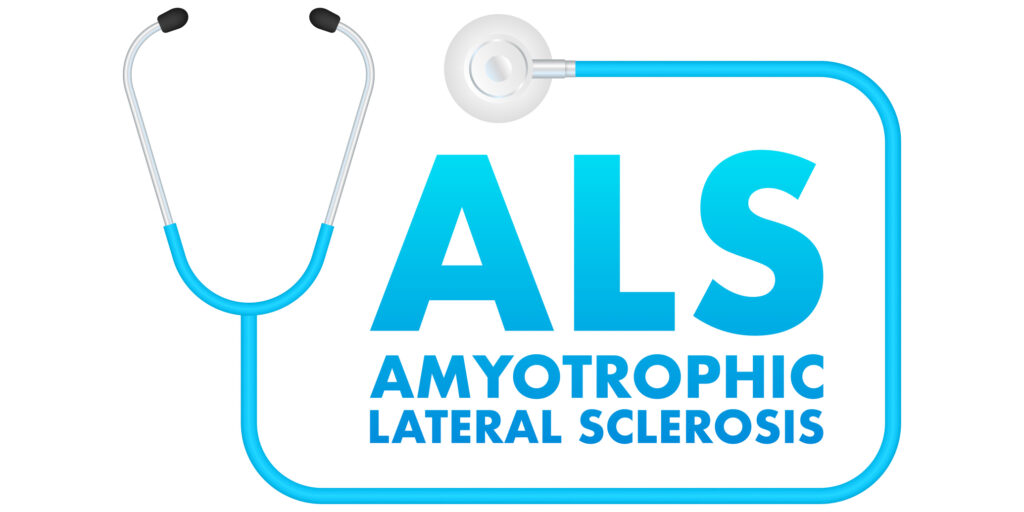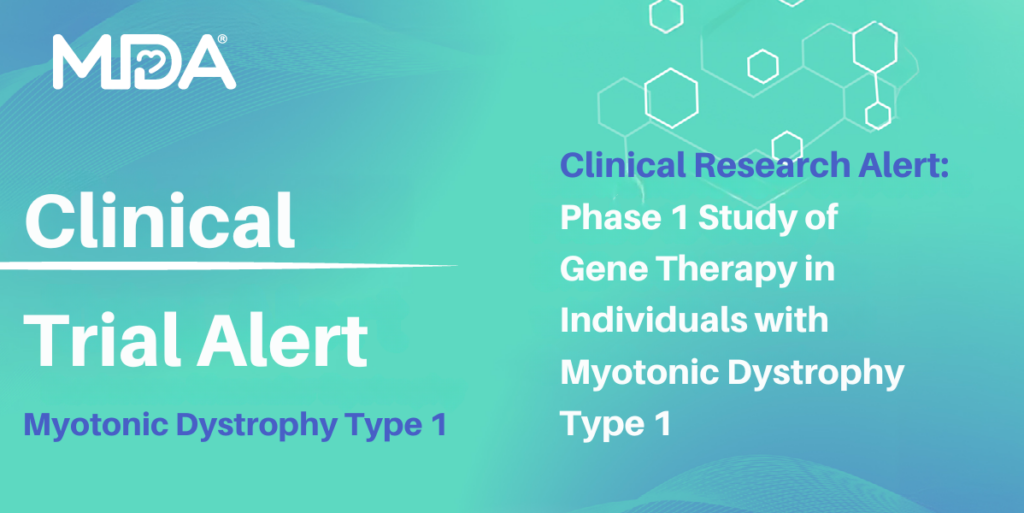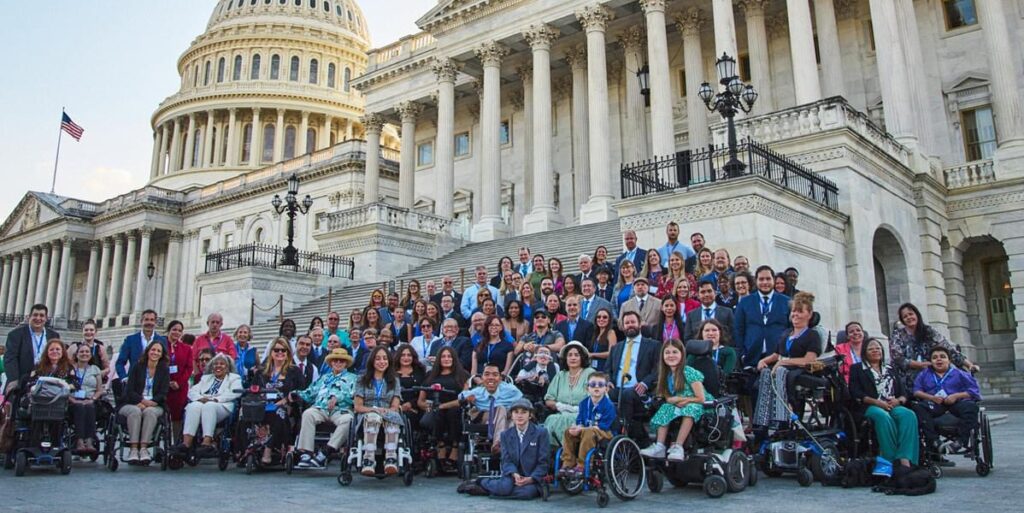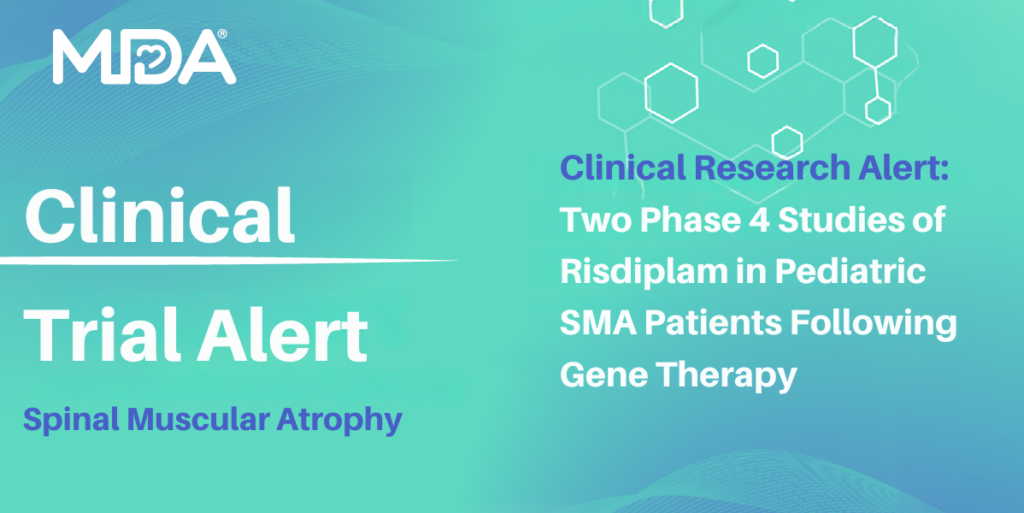
Simply Stated: Updates in Amyotrophic Lateral Sclerosis (ALS)
By Sujatha Gurunathan | Tuesday, April 29, 2025
Amyotrophic lateral sclerosis (ALS) is a rare, progressive neurodegenerative disease that leads to muscle weakness, loss of physical function, and ultimately death, often within three to five years from symptom onset. ALS is caused by gradual degeneration of motor neurons, the nerve cells responsible for controlling voluntary muscles. As these neurons die, the muscles they control weaken and eventually stop working, giving rise to the hallmark symptoms of ALS. In the United States, ALS affects approximately 7.7 to 9.9 cases per 100,000 people in the US, based on a recent prevalence estimate. For a comprehensive overview of ALS, including its symptoms, diagnostic process, disease progression, and approaches to care, see the in-depth review by Siddique, et al.
There is currently no known treatment that stops or reverses the progression of ALS. A number of FDA-approved medications (e.g. – riluzole, edaravone) may be prescribed by doctors to help manage symptoms, reduce the rate of decline, and prolong survival, and in some cases, potentially stabilize disease and improve function (e.g. – tofersen). Supportive care provided by a multidisciplinary care team can also help improve overall health and quality of life for people with ALS. Furthermore, research advances and the promise of therapeutic development on the horizon offer hope for people living with ALS. On clinicaltrials.gov, there are 93 interventional clinical trials currently enrolling people with ALS to test therapeutic candidates. Some promising therapeutic candidates in late-stage clinical trials were covered in a previous post, Simply Stated: Updates in Amyotrophic Lateral Sclerosis (ALS).
In addition to traditional clinical trials that test single interventions, platform trials are offering flexibility in studying new therapies and interventions to treat ALS. Platform trial designs allow multiple interventions to be studied simultaneously or sequentially against a common control group and also allow new interventions to be added throughout the trial. The use of platform trials is intended to reduce the cost of research, decrease trial times and increase patient participation in clinical trials. The HEALEY ALS Platform Trial is the first platform trial to evaluate safety and efficacy of investigational products for treatment of ALS. Results for several interventions studied in HEALEY ALS were published earlier this year and will be covered in this post.
Challenges of ALS clinical trials
Platform trials such as HEALEY ALS have emerged to address various challenges that have hindered traditional efforts to develop and study new therapies for ALS.
ALS is a complex disease with different subtypes, progression speeds, and patterns of nerve damage. This makes it difficult to find patients who meet strict clinical trial criteria and to measure treatment effects across a diverse group of patients. In addition, ALS drug trials have mostly relied on slow-to-change outcomes like function and survival. Without reliable biomarkers or ways to confirm drug targeting, it has been difficult to quickly tell if a treatment is working.
These challenges highlight the need for new clinical trial designs that better account for disease variability, allow more patients to participate, and help identify effective treatments more quickly.
New trial designs facilitate targeted drug discovery for ALS
Clinical trial networks such as NEALS (Northeast ALS Consortium) in North America and TRICALS (Treatment Research Initiative to Cure ALS) in Europe are playing a pivotal role in advancing ALS research. These collaborative platforms are working to streamline trial design, patient recruitment, and data sharing across institutions. Notably, TRICALS has developed a risk-based patient selection tool that broadens clinical trial eligibility while preserving the scientific integrity of trials. This approach allows more patients to participate in trials, including people previously excluded due to rigid criteria, while still keeping the study group homogenous (consistent) enough to run the trial and derive meaningful results.
The work of clinical trial networks such as NEALS has laid the groundwork for innovative trials like the HEALEY ALS platform trial. The HEALEY ALS platform trial is the first platform trial to evaluate safety and efficacy of investigational products for treatment of ALS. It is a large, multi-center study, launched through a collaboration between NEALS, The Sean M. Healey & AMG Center at Massachusetts General Hospital (MGH), Barrow Neurological Institute, the University of Rochester, and Berry Consultants. The study is headed by researchers at MGH and funded by multiple partners, namely pharmaceutical, foundation, and philanthropic partners, including MDA, as well as federal funding and other fundraising initiatives.
The therapies under evaluation in the HEALEY ALS platform trial, zilucoplan, verdiperstat, CNM-Au8, priodopidine, trehalose, ABBV-CLS-7262, and DNL343 are being compared to placebo controls in a regimen and with study conditions dictated by a Master Protocol. HEALEY ALS trials use a special type of protocol, known as a perpetual, adaptive protocol, which allows drug candidates to be added for evaluation or removed from the trial based on predefined criteria. Furthermore, additional participants may enroll in the study as needed. Trial sites are available across the US for eligible participants. HEALEY ALS trials are expected to speed the time-to-market of promising ALS therapies and lower costs associated with drug development.
Recent findings from the HEALEY ALS trial have been published in the journal JAMA, including the treatment effects of four investigational treatments: CNM-Au8, pridopidine, verdiperstat, and zilucoplan.
- CNM-Au8: This oral therapy, developed by Clene Nanomedicine, is made of a stable suspension of pure gold nanocrystals designed to increase energy production from the mitochondria (cell powerhouses) and to protect cells against oxidative stress (damage caused by free radical molecules). CNM-Au8 can cross the blood-brain barrier and is expected to prevent nerve cell death and slow disease progression in people with ALS. While the primary endpoint, slowing disease progression over 24 weeks, was not met in phase 2 of the HEALEY ALS trial, exploratory analyses indicated that patients receiving the lower dose had significantly better survival odds compared to placebo. Additionally, CNM-Au8 was associated with reduced markers of nerve damage and was generally well-tolerated.
- Pridopidine: Developed by Prilenia Therapeutics, pridopidine selectively activates a receptor within the cell, the sigma-1 receptor (S1R), triggering a number of actions that contribute to nerve cell protection. Although pridopidine did not achieve its primary endpoint in the phase 2 HEALEY ALS trial, some promising data were observed, suggesting potential benefits that warrant further investigation. The drug demonstrated a favorable safety and tolerability profile, and a subset of participants who had longer exposure to the drug showed signs of slower functional decline and improved survival signals, although these did not reach statistical significance within the limited duration of the trial.
- Verdiperstat and Zilucoplan: These treatments did not demonstrate significant benefits in slowing disease progression or improving survival rates compared to placebo.
Based on these findings, CNM-Au8 and pridopidine will move on to phase 3 testing, while study of verdiperstat and zilucoplan will be discontinued.
Additional platform trials are also underway to accelerate the development of treatments for ALS. In Europe, TRICALS has launched the MAGNET (Multi-arm, Adaptive, Group-sequential trial NETwork) platform trial, designed to evaluate multiple treatments simultaneously. The first treatment arm focuses on lithium carbonate in patients with a particular ALS-associated mutation (UNC13A mutation), and the trial is expanding across Europe and Australia.
In the UK, MND-SMART (Motor Neuron Disease – Systematic Multi-Arm Adaptive Randomised Trial) is the country’s first multi-arm adaptive platform trial for motor neuron disease. It is testing multiple treatments concurrently, initially focusing on repurposed drugs like memantine and trazodone. Although these initial drugs were found to be ineffective and subsequently removed, the trial continues to evaluate new candidates, such as amantadine hydrochloride.
MDA is instrumental in the movement to End ALS, supporting both research and advocacy efforts. Since its inception, MDA has invested more than $178M in ALS research. MDA support for HEALEY ALS, in particular, includes two $500,000 grants, one in 2021 and a renewal in 2024, to Sabrina Paganoni, MD, PhD, Co-Principal Investigator of the trial at MGH and Co-Director, MGH Neurological Clinical Research Institute (NCRI). Strategic investments and advocacy efforts from MDA and other organizations like the ALS Association, combined with traditional funding sources such as the National Institute of Health (NIH), are helping to move the field of ALS forward.
MDA’s Resource Center provides support, guidance, and resources for patients and families, including information about amyotrophic lateral sclerosis (ALS), open clinical trials, and other services. Contact the MDA Resource Center at 1-833-ASK-MDA1 or ResourceCenter@mdausa.org.
Also, see MDA’s community resources for ALS to learn more.
- Download our ALS Impact Sheet to see how MDA supports families living with ALS and uses your donations to help find treatments and cures.
- Download our ALS Fact Sheet
- Watch MDA Facebook Live: ALS Care and Research Updates to learn about the latest in care and research updates related to ALS.
Next Steps and Useful Resources
- For more information about the signs and symptoms of Amyotrophic Lateral Sclerosis (ALS), as well an overview of diagnosis and treatment concerns, an in-depth review can be found here.
- Some promising therapeutic candidates in late-stage clinical trials were covered in a previous post, Simply Stated: Updates in Amyotrophic Lateral Sclerosis (ALS).
- Download our ALS Impact Sheet to see how MDA supports families living with ALS and uses your donations to help find treatments and cures.
- Download our ALS Fact Sheet
- Watch MDA Facebook Live: ALS Care and Research Updates to learn about the latest in care and research updates related to ALS.
- On clinicaltrials.gov, there are 93 interventional clinical trials currently enrolling people with ALS to test therapeutic candidates.
- MDA’s Resource Center provides support, guidance, and resources for patients and families, including information about amyotrophic lateral sclerosis (ALS), open clinical trials, and other services. Contact the MDA Resource Center at 1-833-ASK-MDA1 or ResourceCenter@mdausa.org.
- Stay up-to-date on Quest content! Subscribe to Quest Magazine and Newsletter.
TAGS: Clinical Trials, Community, Research, Research Advances, Simply Stated
TYPE: Blog Post
Disclaimer: No content on this site should ever be used as a substitute for direct medical advice from your doctor or other qualified clinician.




